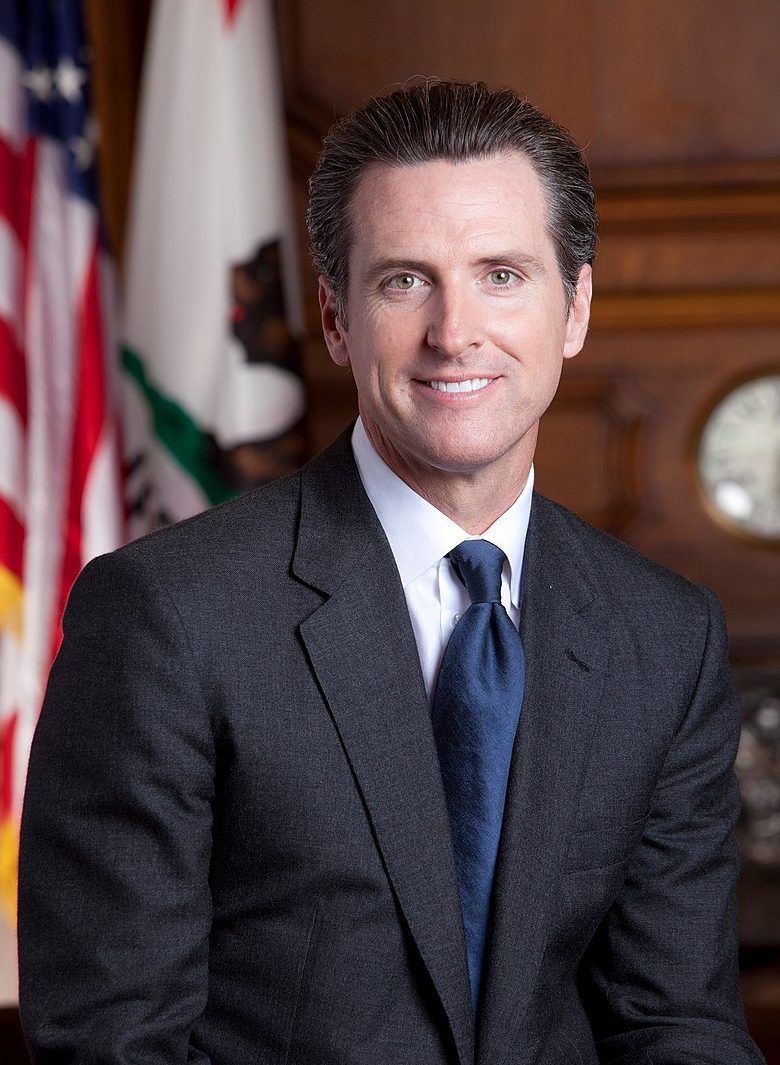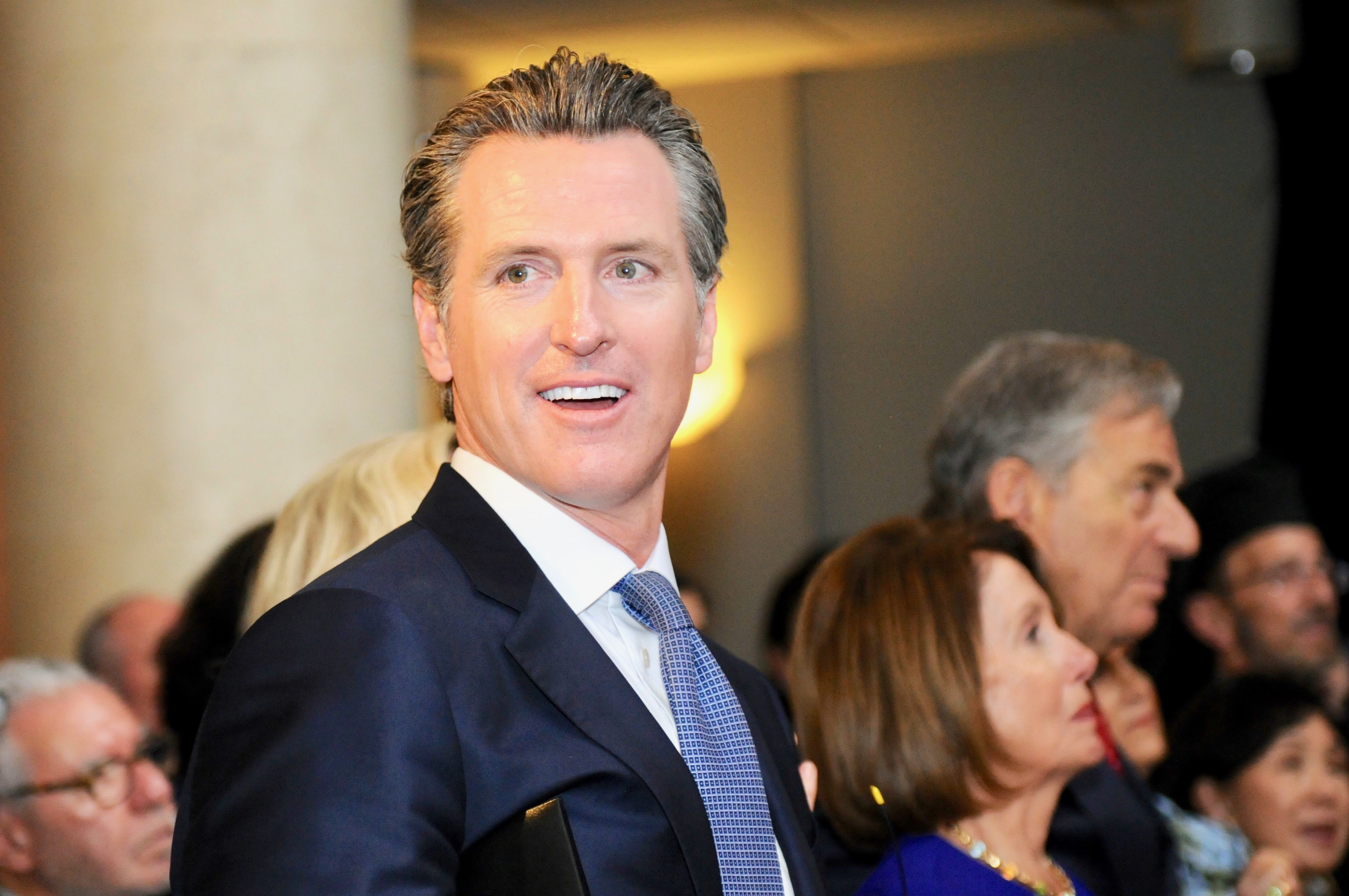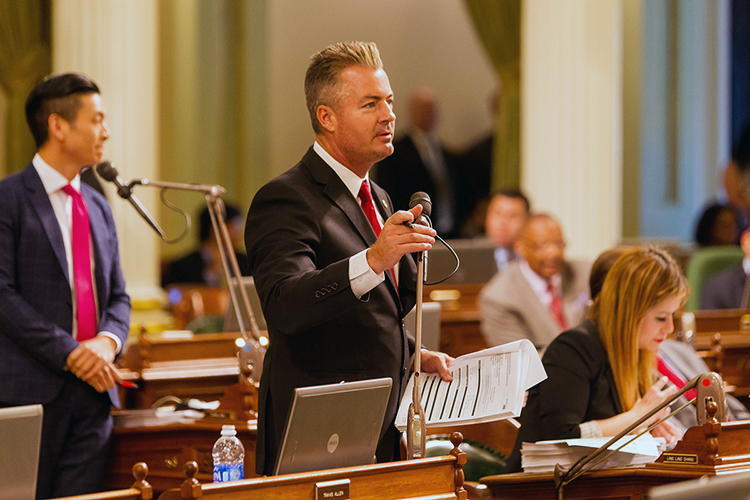
Gov. Tim Walz, Gov. Gavin Newsom. (Photo: Walz: Public Domain, Newsom: gov.ca.gov)
Cato Institute Ranking of Governors: Gavin Newsom Earns a “D” and Tim Walz an “F”
Most Californians will not be surprised by how poorly Governor Gavin Newsom fared, but Democratic VP nominee Tim Walz placed dead last
By John Moorlach, November 4, 2024 3:51 pm
The Cato Institute recently issued a report ranking the Governors of 48 of the nation’s 50 states. Although most Californians will not be surprised by how poorly Governor Gavin Newsom fared, the country may be very surprised at how the Democratic nominee for United States Vice President ranked. Governor Tim Walz placed dead last.
How State Governors manage the financial affairs of their states matters. So the Fiscal Policy Report Card on America’s Governors 2024 will be interesting reading for those interested in how their states are being managed. And this should include everyone, as migration out of California and into neighboring states has been a big topic of discussion for many years, thanks to how poorly its Governor and his supermajority Legislature have been aggressively implementing higher tax and anti-business policies.
The chart below provides the overall scores and grades for 48 of the nation’s 50 Governors.
The Cato Institute provides the following criteria on which it determines its rankings:
“This report grades governors on their fiscal policies from a limited-government perspective. Governors receiving an A are those who have cut taxes and spending the most, whereas governors receiving an F have increased taxes and spending the most. The grading mechanism is based on seven variables: two spending variables, one revenue variable, and four tax-rate variables. Cato’s state fiscal report has used the same methodology since 2008.
“The results are data driven. They account for tax and spending actions that affect short-term budgets in the states. However, they do not account for longer-term or structural changes that governors may make, such as reforms to state pension plans. Thus, the results provide one measure of how fiscally conservative each governor is, but they do not reflect all the fiscal actions that governors take.
“Tax and spending data for the report come from the National Association of State Budget Officers (NASBO), the National Conference of State Legislatures, the Tax Foundation, the budget agencies of each state, and news articles. The data cover the period from January 2022 to August 2024.1 The report rates 48 governors. It excludes the governor of Louisiana because he has been in office only a brief time, and the governor of Alaska because of peculiarities in that state’s budget.”
Minnesota placed 8th in the fiscal rankings based on the per capita of its unrestricted net position for governmental activities in 2022. This is much better than California’s placing 43rd (see Long Overdue Financial Report for California Brings Bad News, March 18, 2024).
Truth in Accounting also ranked Minnesota well (see NEW REPORT: California Ranks Among Bottom of 50 States for Financial Transparency, April 23, 2024). But this seems to have encouraged Governor Walz to be greedier and demand more from Minnesotans.
Once California releases its Annual Comprehensive Financial Report for the year ended June 30, 2023, we will objectively see if the Gopher State is digging a similar hole that the once Golden State now finds itself in.
The following recap provided by the Cato Institute should make voters cognizant of what may be in the future for the nation’s taxpayers.
“Walz . . . has overseen substantial spending increases and pushed many tax hikes. Minnesota’s general fund budget increased from $51.9 billion in the 2022–2023 biennium to $70.5 billion in the 2024–2025 biennium, a 36 percent increase.
“In 2019, Walz’s budget would have added “$2 billion more in new spending and taxes would increase by $1.3 billion to pay for it, with the rest of the money coming from an existing surplus.” But he compromised with the legislature, and the final tax increase was about $330 million annually. Walz also pushed for higher gas taxes and higher vehicle fees to raise about $1 billion annually for transportation, but those increases were rejected.
Table 1
Overall grades for the governors
| State | Governor | Score | Grade |
| Iowa | Kim Reynolds (R) | 81 | A |
| Nebraska | Jim Pillen (R) | 77 | A |
| West Virginia | Jim Justice (R) | 71 | A |
| Arkansas | Sarah Huckabee Sanders (R) | 69 | A |
| South Dakota | Kristi Noem (R) | 69 | A |
| Montana | Greg Gianforte (R) | 66 | A |
| Hawaii | Josh Green (D) | 63 | B |
| Georgia | Brian Kemp (R) | 63 | B |
| Idaho | Brad Little (R) | 63 | B |
| Vermont | Phil Scott (R) | 60 | B |
| South Carolina | Henry McMaster (R) | 58 | B |
| Massachusetts | Maura Healey (D) | 58 | B |
| Kansas | Laura Kelly (D) | 58 | B |
| Colorado | Jared Polis (D) | 57 | B |
| Virginia | Glenn Youngkin (R) | 55 | B |
| Utah | Spencer Cox (R) | 53 | C |
| New Hampshire | Chris Sununu (R) | 53 | C |
| Mississippi | Tate Reeves (R) | 52 | C |
| Florida | Ron DeSantis (R) | 52 | C |
| Maryland | Wes Moore (D) | 52 | C |
| Rhode Island | Dan McKee (D) | 51 | C |
| Ohio | Mike DeWine (R) | 50 | C |
| Indiana | Eric Holcomb (R) | 50 | C |
| Oklahoma | Kevin Stitt (R) | 49 | C |
| Alabama | Kay Ivey (R) | 49 | C |
| Connecticut | Ned Lamont (D) | 48 | C |
| Tennessee | Bill Lee (R) | 47 | C |
| Wyoming | Mark Gordon (R) | 47 | C |
| Texas | Greg Abbott (R) | 46 | C |
| North Dakota | Doug Burgum (R) | 45 | C |
| Nevada | Joe Lombardo (R) | 45 | C |
| Illinois | J. B. Pritzker (D) | 45 | C |
| Arizona | Katie Hobbs (D) | 44 | D |
| New Jersey | Phil Murphy (D) | 42 | D |
| California | Gavin Newsom (D) | 42 | D |
| North Carolina | Roy Cooper (D) | 41 | D |
| Kentucky | Andy Beshear (D) | 40 | D |
| Pennsylvania | Josh Shapiro (D) | 39 | D |
| New Mexico | Michelle Lujan Grisham (D) | 39 | D |
| Missouri | Mike Parson (R) | 38 | D |
| Oregon | Tina Kotek (D) | 36 | D |
| Michigan | Gretchen Whitmer (D) | 35 | D |
| Wisconsin | Tony Evers (D) | 34 | F |
| Delaware | John Carney (D) | 31 | F |
| Washington | Jay Inslee (D) | 31 | F |
| Maine | Janet Mills (D) | 31 | F |
| New York | Kathy Hochul (D) | 29 | F |
| Minnesota | Tim Walz (D) | 19 | F |
“Walz pushed for more tax hikes in 2021. He proposed adding a new individual income tax rate of 10.85 percent above the current top rate of 9.85 percent, a surtax on capital gains and dividends, and a hike to the corporate tax rate from 9.8 percent to 11.25 percent. The proposals—which would have raised about $1.6 billion annually—were rejected by the legislature.
In 2022, Walz said, “Cutting taxes for the wealthiest amongst us will not guarantee opportunities in Minnesota for the wider variety of folks, and it certainly won’t grow our economy from the middle out.” But Minnesota’s high tax rates are undermining the economy and driving away wealthy people, who include highly skilled job-creating entrepreneurs. IRS data show that the state loses about 10 households earning more than $200,000 for every 6 that it gains.”
“In 2023, Democrats took control of the legislature and Walz pushed ahead with permanent tax hikes on businesses and high earners, while handing out low-income credits and one-time rebates totaling about $1 billion. In signing HF 1938, Walz raised taxes on businesses with foreign income, reduced the standard deduction for high earners, and imposed a new tax on the investment income.
“Walz hit the middle class with HF 2887, which raised taxes and fees on vehicles and transportation. The increases included indexing the gas tax for inflation, increasing vehicle registration taxes, raising fees on deliveries, and raising sales taxes in the Twin Cities area.
“The governor hit the middle class again in 2023 with a massive tax hike to pay for a new mandatory paid family leave program. The legislation imposed a 0.7 percent tax on wages beginning in 2026 to fund the program benefits, but then new legislation in 2024 increased the tax rate to 0.88 percent of wages. An accounting analysis of the plan found that the tax will raise $1.2 billion in the first year of operation and rising amounts after that.
“Cold northern states such as Minnesota that are suffering from out-migration need to adopt taxpayer-friendly policies to stem the population outflow. Minnesota ranks 44th on the Tax Foundation’s state business tax climate index. That state will likely continue losing business investment and high earners to warmer and lower-tax states until it adopts a leaner government and reduced tax rates.”
Marc Joffe assisted in this project.
- John Moorlach: If I Were Governor, Here are Ten Ideas I’d Pursue to save California - December 15, 2025
- Cal Berkeley and Antifa, Again - November 25, 2025
- Scary Governor Newsom - October 31, 2025





Both Goobenors are in the pocket of China. Noisome is also a WEF young global leader. Not sure about tampon boy but he acts like it.
CW, Tampon Tim is not only in the pockets of the CCP, he was actually in bed with a high officials daughter, allegedly. No way that he could get a security clearance. There will probably be an investigation. Sounds a lot like Eric Swalwell. https://www.msn.com/en-us/news/politics/china-officials-daughter-speaks-out-over-tim-walz-romance/ar-AA1t8yjs
Wow!
Way to dominate the bottom of the list, Democrats !
You all make Daddy Schwab so proud…..
traitors!